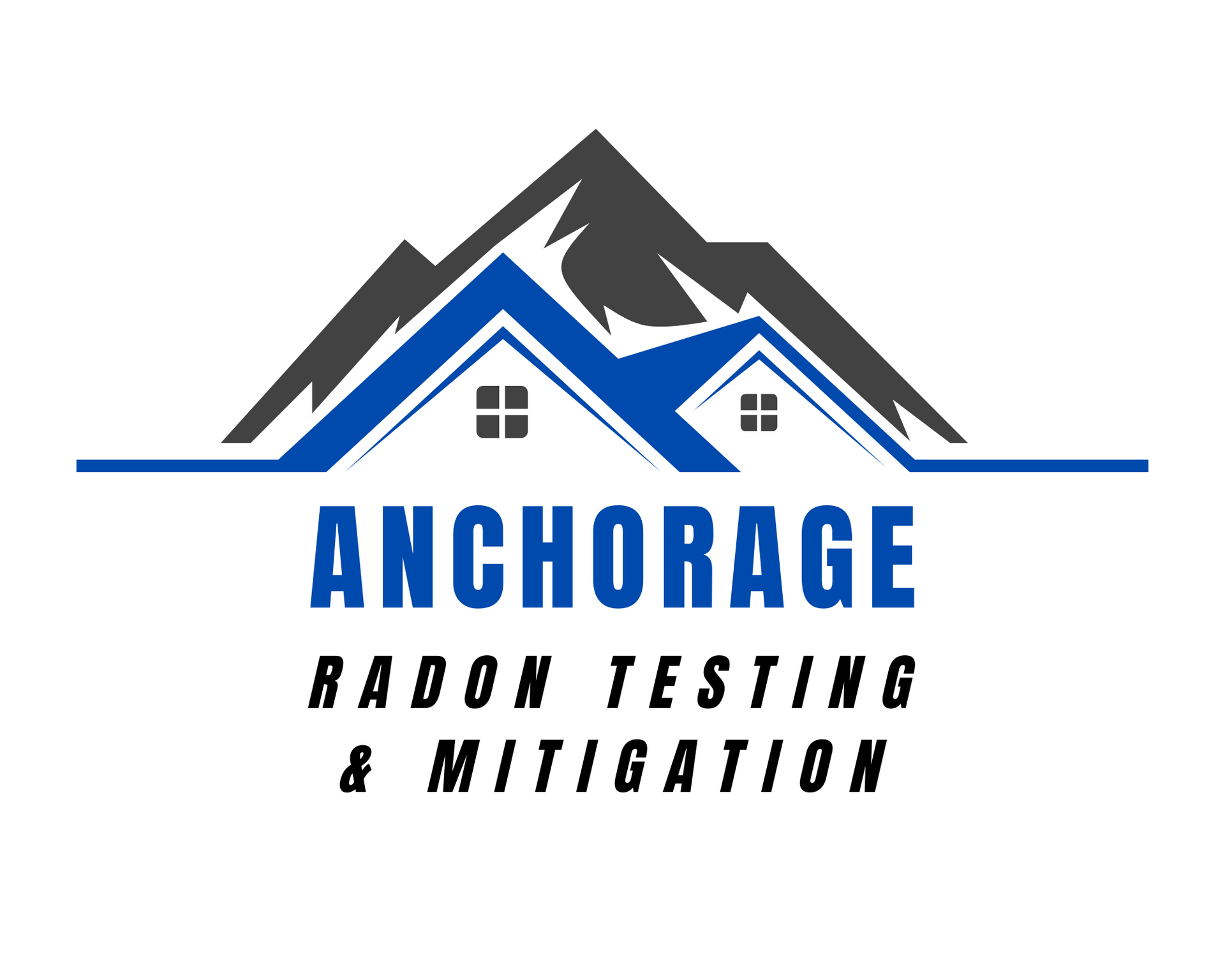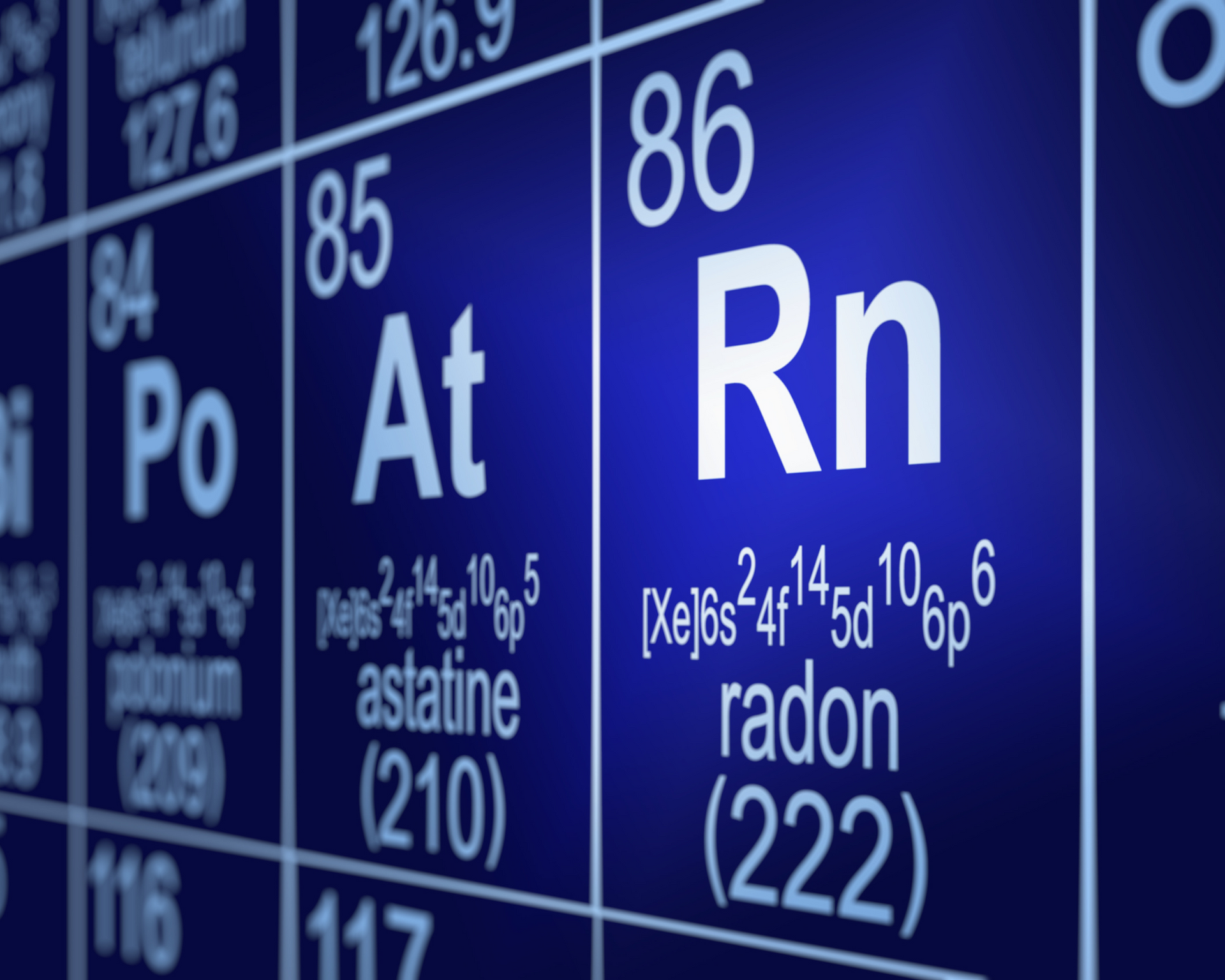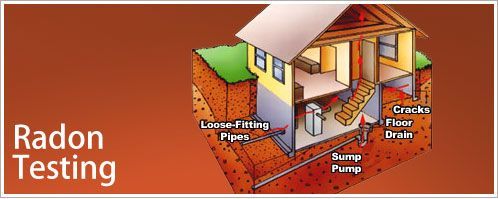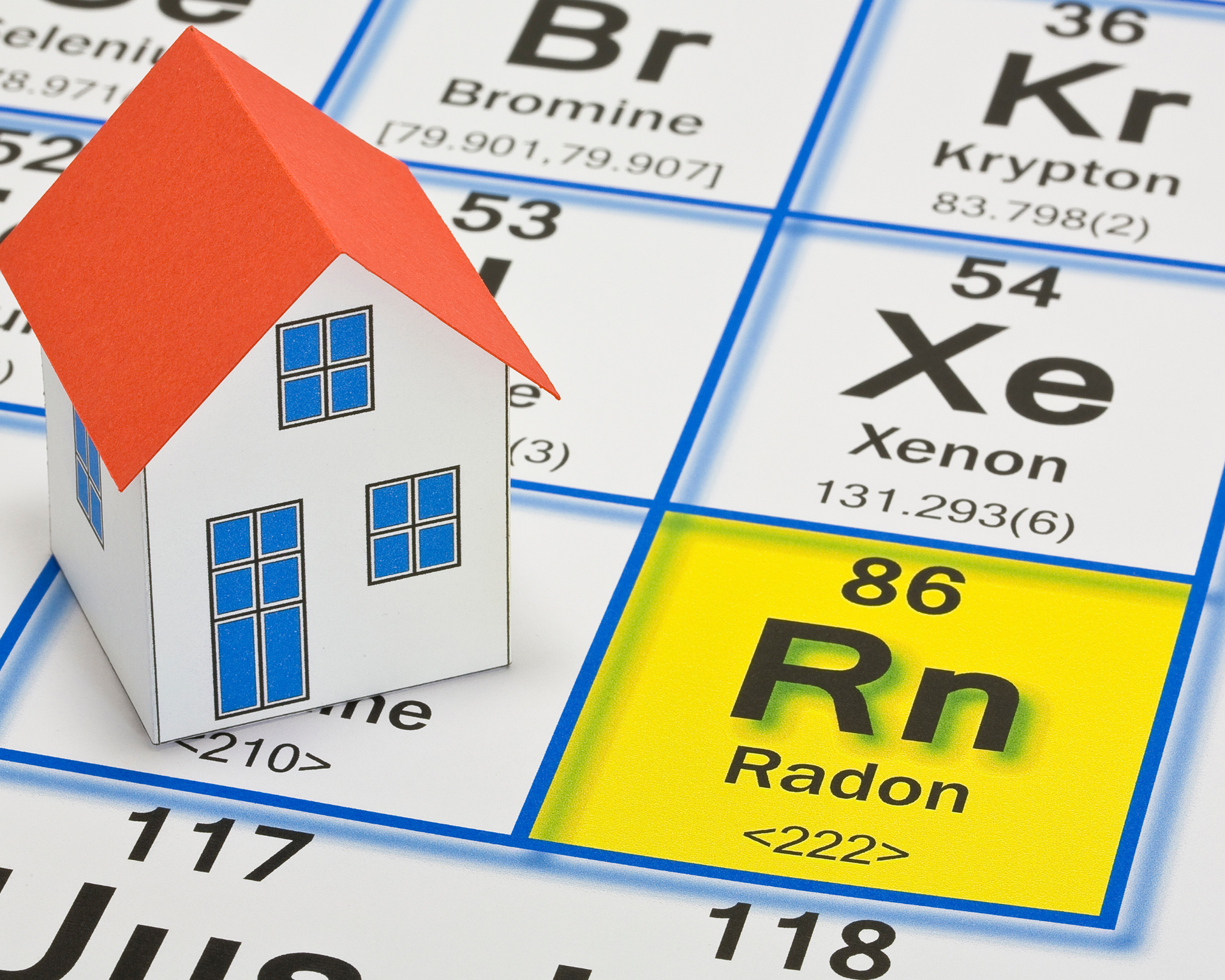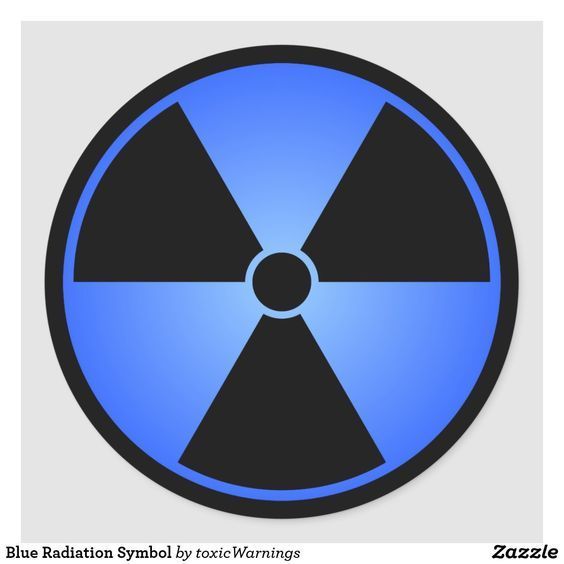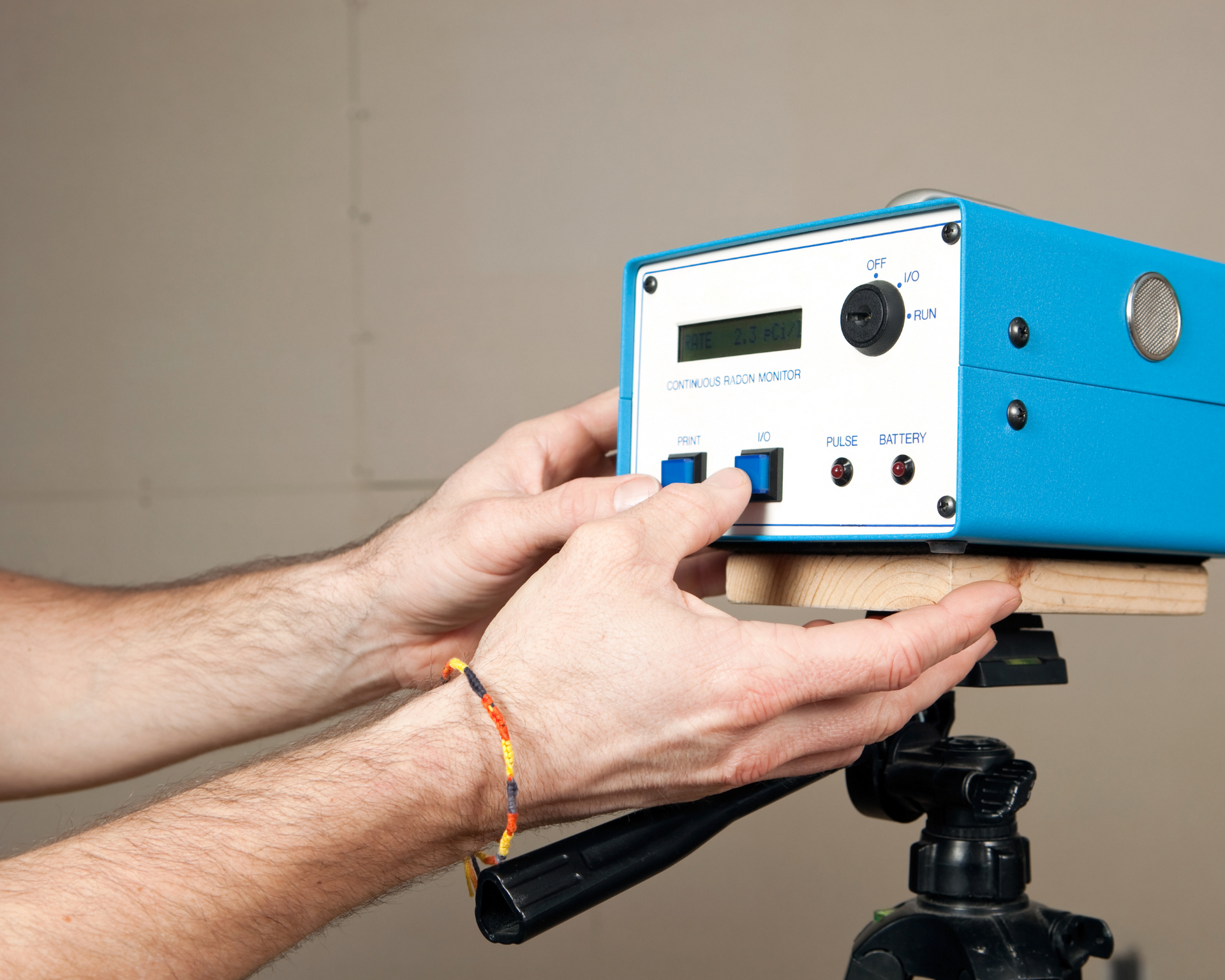How Does Radon Remediation Work?
Sean Curley • October 15, 2025
Radon Remediation Methods
Radon remediation, which is also known as radon mitigation, is the process of reducing high levels of radon gas inside a building to make it safe for occupants. Here’s how it works:
- Testing and Assessment
First, a certified radon professional like Anchorage Radon Testing and Remediation will test the home to determine how much radon is present and where it’s entering. Radon typically seeps in through cracks in foundations, sump pumps, crawl spaces, or gaps around pipes.
- Choosing a Mitigation Method
The most common and effective method is called sub-slab depressurization (SSD). Other systems include sub-membrane depressurization for crawl spaces or block wall suction for homes with hollow block walls. - Installation of a Ventilation System
- A PVC pipe is inserted through the slab or foundation into the soil beneath the house.
- A fan is installed (usually in the attic or outside) to continuously draw radon gas from under the foundation.
- The gas is vented safely above the roofline, where it disperses harmlessly into the air.
- Sealing Entry Points
Cracks and openings in the foundation are sealed to prevent additional radon entry, improving system efficiency. - Post-Mitigation Testing
After installation, the home is retested to confirm radon levels have been reduced below the EPA action level of 4.0 pCi/L (picocuries per liter). - Ongoing Maintenance
The fan runs continuously, and the system requires minimal maintenance—typically just periodic checks to ensure proper airflow and fan function.
System variations for Anchorage's climate
- Outdoor systems: For homes with an exterior pipe system, a heat cable can be installed on the pipe to prevent the system from freezing during cold winter months.
- Insulation: All systems should have the fan and piping properly insulated to prevent condensation and minimize freezing and noise.
- Fan location: The fan is often located in the attic, garage, or outside the house, with the exhaust pipe routed to discharge above the roofline at a safe height.
In short, radon remediation works by preventing radon gas from entering the home and venting it outdoors before it can accumulate, keeping indoor air safe and healthy.
